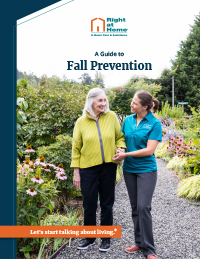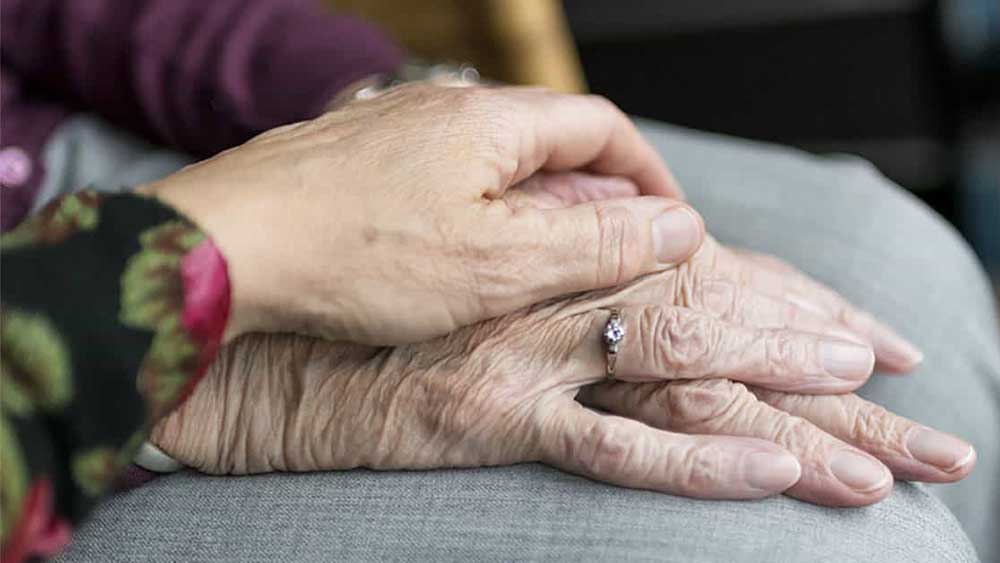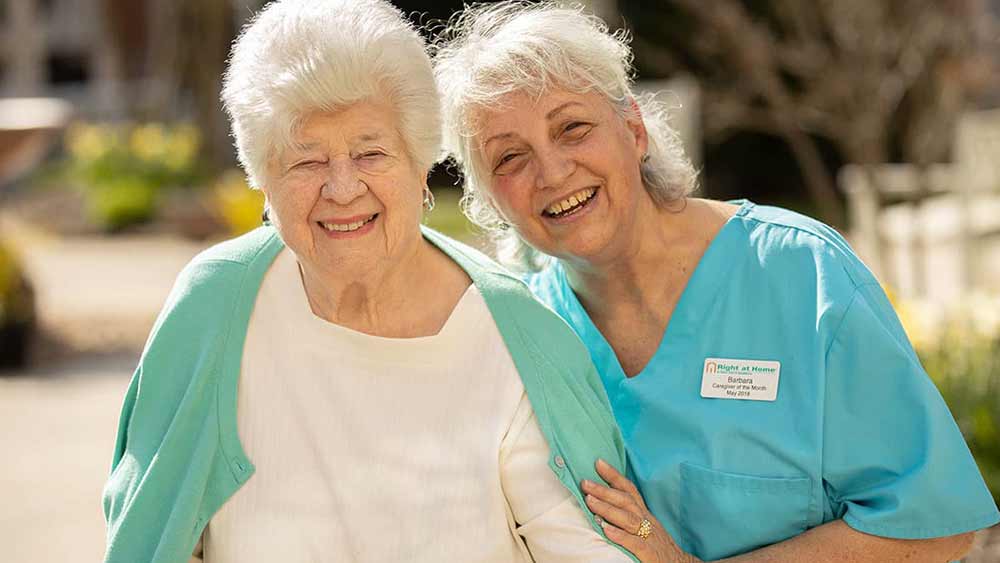

Treating Urinary Incontinence Lowers the Risk of Falls
Fall prevention is an important focus of senior safety. Each year, falls send millions of older adults to the hospital, and many are unable to return to independent living. Falls cause hip fractures and brain injuries, and are the leading cause of injury-related death among older adults.
If you’re an older adult, you’ve most likely heard the basics of fall prevention: Keep your glasses prescription current, have your medications reviewed, wear well-fitted shoes, remove fall hazards in the home, get enough exercise and report balance problems.
But did you know that urinary incontinence also raises the risk of falls? An older adult might fall while getting up in the night to use the toilet. Even a senior who is normally cautious while walking might be distracted when hurrying to the bathroom, paying less attention to uneven surfaces or to keeping their balance. A recent study from the University of Alberta took a look at the factors that connect falls and incontinence. “Being balanced and walking require some cognitive inputs, and for young, healthy people, they don’t have to think about walking,” explains study author Dr. William Gibson, who is an assistant professor of geriatric medicine. “But when you’re older, with changes to the brain, it requires more cognitive input to maintain balance. If you’ve then got a distracting factor of your bladder, it makes you more likely to fall.”
Dr. Gibson’s study also pinpointed another factor: When a person is challenged by controlling their bladder, this changes the way they walk. He and his team recruited 30 study participants, all older adults who had overactive bladder. Using 3D capture technology, the researchers measured the seniors’ body mechanics as they walked under normal circumstances.
Next, the researchers instructed the participants to drink enough water or tea that they felt the urge to go to the bathroom. The observation then revealed that “the gait of the subjects tended to become slower and narrower, which is associated with increased risk of falling.”
Dr. Gibson says, “This is the first time the link between bladder urgency and falling risk has been demonstrated, and it’s nice to be challenging the preconceived notion that the reason people are falling is because they’re running for the toilet.” He added, “I think we’ve really put that one to bed and shown that it’s much more complicated than that.”
Starting the conversation about incontinence
Incontinence not only raises the risk of falls in older adults, but it also can cause skin irritation and urinary tract infections, and interferes with sleep. It can lead to a debilitating decline in physical condition, worsening osteoporosis, diabetes and other health conditions as a senior limits physical activity. Fearing an “accident,” they might stick close to home, leading to loneliness, depression and a lack of mental stimulation. Incontinence can be the reason seniors and families decide that living at home is no longer a good option.
And yet, Dr. Gibson reports, older patients may not report the problem to their doctor. He tells doctors that they may need to bring up the subject. “If you don’t ask specifically about incontinence, people won’t tell you,” he says. “There are many reasons for that: People think it’s a normal part of getting older, people are embarrassed, or people think there’s nothing you can do about it. But if you’re a family physician looking after someone who is having problems with falls, one of the things that should be asked is, ‘Are you also having problems with your bladder?’ If so, then what can be done about that?”
People with bladder problems should know that even though few people talk about it, they are not alone! According to the Urology Foundation, half of all adults will experience incontinence sometime in their life—and today, more than 30 million people are living with the problem. Older adults shouldn’t let embarrassment stand in the way of seeking help, because in many cases, incontinence can be treated.
The first step is an evaluation to determine the cause of the problem. There are four main types of incontinence:
Stress incontinence means that urine leaks from the bladder when a person laughs, coughs, exercises or lifts something heavy. It is caused by physical changes in the muscles of the pelvic floor. This type is most common in women.
Urge incontinence, sometimes called “overactive bladder,” happens when the bladder begins to empty itself suddenly, perhaps when the person thinks about going to the bathroom or hears running water. It can be caused by damage to the nerves, or by irritation from infection or certain foods.
Overflow incontinence happens when small amounts of urine leak from a bladder that doesn’t empty completely. It results from nerve damage, scar tissue, an obstruction caused by a condition such as constipation or, in men, an enlarged prostate.
Functional incontinence happens when a person has normal bladder control, but is unable to get to the toilet in time. This could be due to mobility problems, such as the effects of stroke, arthritis or osteoporosis. People with Alzheimer’s disease or related conditions may be confused when looking for the bathroom and negotiating clothing.
Incontinence can be treated.
Treatment is individualized for each patient. In some cases, the doctor will recommend surgery. But often, lifestyle changes, pelvic exercises, medications or nonsurgical medical treatments are effective. For some people, dietary changes can help. Sometimes we can even train our brain and bladder to cooperate for greater control—check out this resource from the University of Michigan that takes an entertaining approach to the psychological component of bladder control.
A senior’s home environment also can be improved with modifications such as a raised toilet seat, grab bars or a bedside commode. Adaptive clothing with elastic and fabric fasteners help seniors who have difficulty with zippers and buttons.
Even when these treatments and lifestyle changes aren’t completely effective, today’s incontinence care products are inconspicuous and quite effective in masking the problem.
How can family help?
If you have an older loved one who is dealing with incontinence, encourage them to be candid about the problem. Reassure them that they are not alone and that it is nothing to be ashamed of. They might be embarrassed by the discussion, but will then likely feel better not to have to face the problem alone. Addressing incontinence can be a team effort with the senior, family and health care professionals working together.
Professional in-home care helps clients manage incontinence.
For older adults who are dealing with the challenges of incontinence while living at home, professional in-home care can be a tremendous support resource. This assistance can reduce the risk of falls. And many seniors are far more comfortable with the help of a professional when dealing with this sensitive issue. In-home caregivers can:
- Provide transportation to health appointments.
- Help clients follow the doctor’s recommendations (e.g., exercise or bladder training).
- Pick up prescriptions.
- Help clients use the toilet.
- Prepare meals and beverages according to the doctor’s recommendation.
- Provide bathroom reminders and other help for clients who are living with Alzheimer’s disease or other dementia.
- Clear clutter around the house to maintain a safe path to the bathroom.
- Assist with incontinence products and hygiene.
Right at Home’s professional in-home caregivers are trained to preserve the dignity and quality of life of senior clients. With the help of a Right at Home caregiver, seniors living with incontinence can maintain their self-esteem and the confidence to remain active and engaged. Contact your local Right at Home* today and ask for a FREE in-home consultation.
*Home care services vary by location.

Fall Prevention Guide
It’s important that you take time to assess an aging loved one’s house for anything that might be a health risk.







